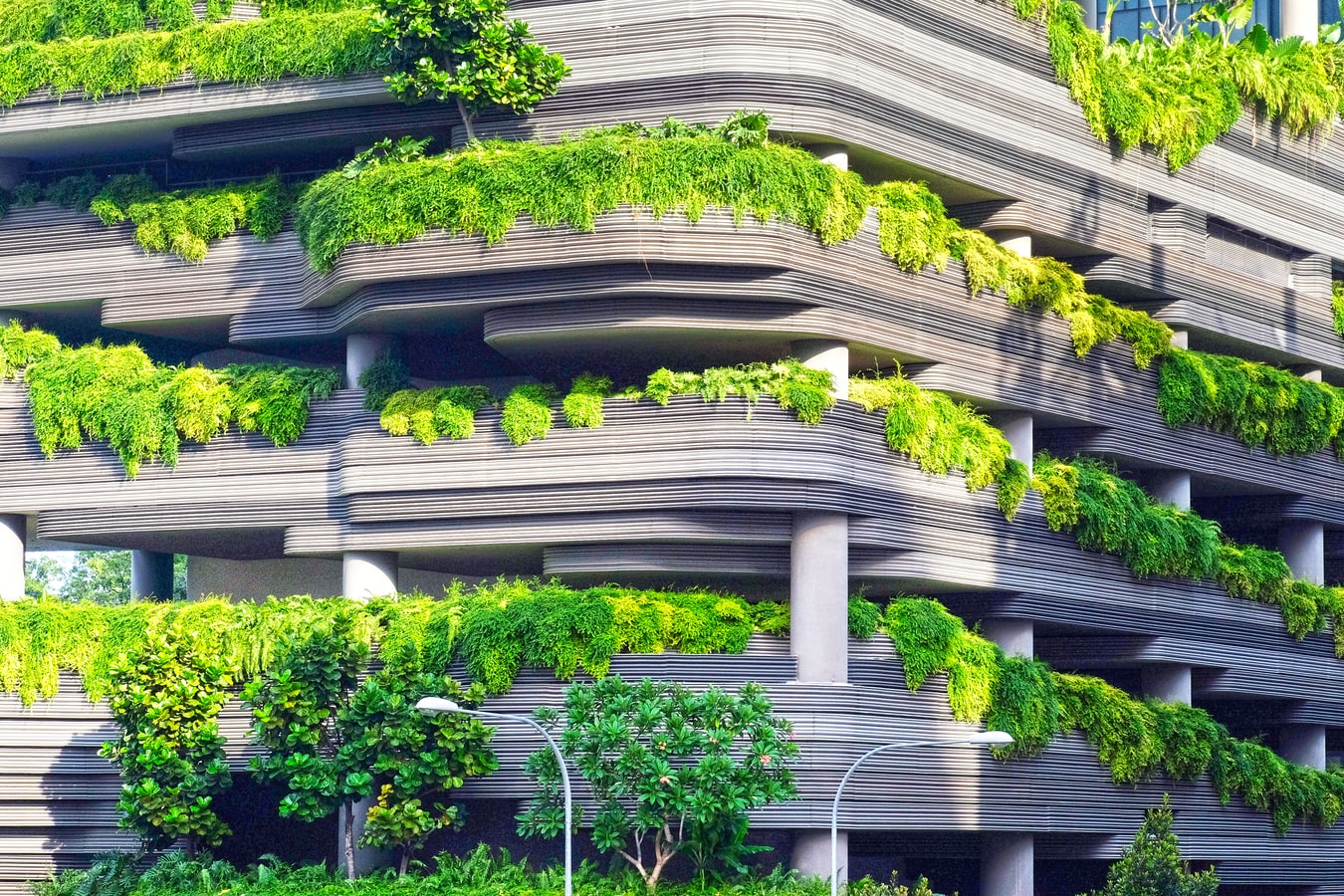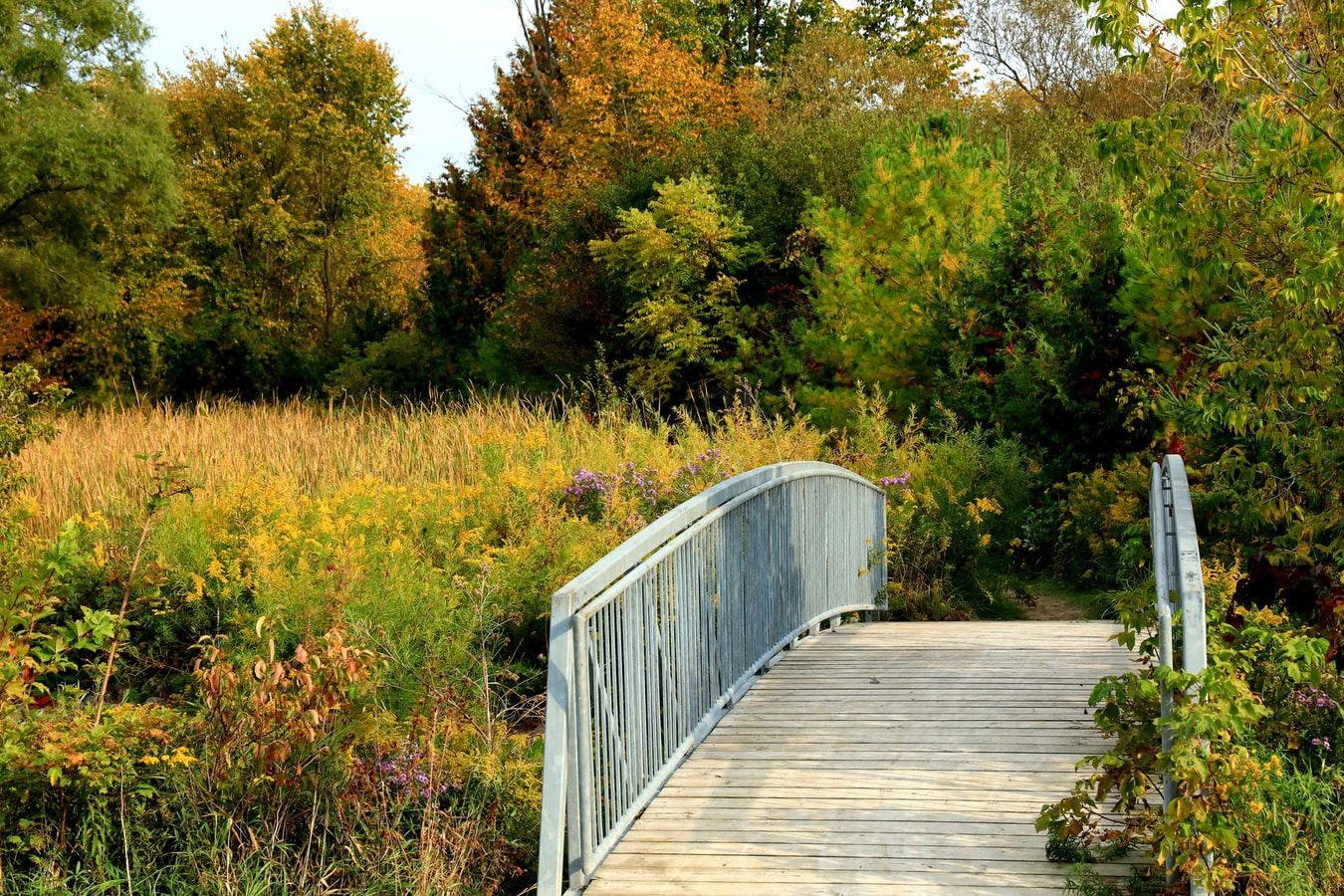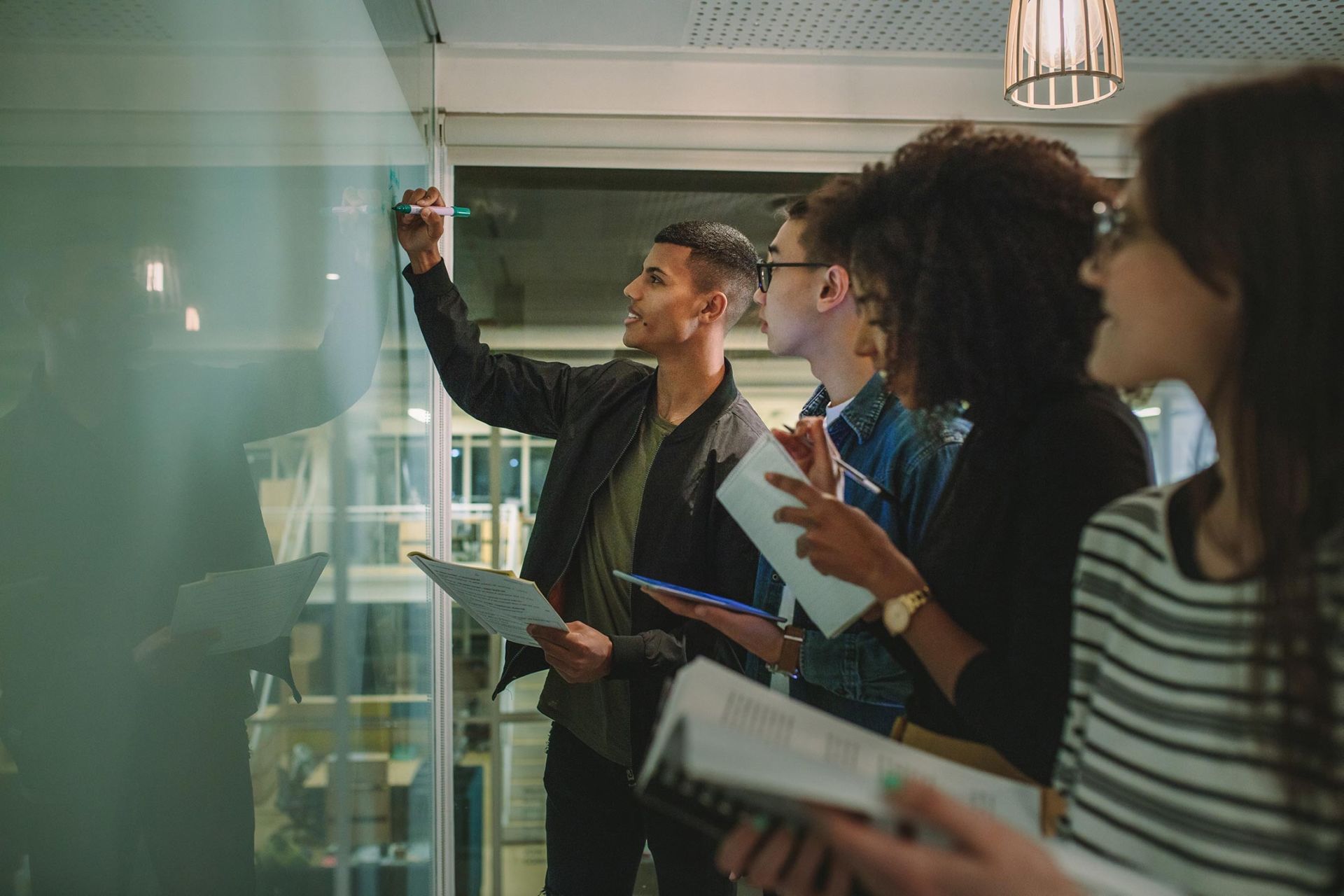We’re not the first to say that 2020 was “quite a year.” The pandemic that altered nearly every facet of our lives, the wildfires burning across the western U.S., waves of social change rising around the globe, and a presidential election like no other. But we weathered the uncertainty and found new ways of going about our daily lives — and so did the green building industry.
As we begin a new year, we put together a list of the top five green building “buzzwords” of 2020. We hope that these buzzwords will give you a glimpse of key ideas that shaped the green building landscape last year and will likely continue to do so in 2021.
Carbon
From embodied carbon to net zero carbon, we heard much more last year about the numerous ways to talk about carbon emissions in the green building sphere. If you are curious about the endless variations of carbon terminology, Verdical Group’s Sustainability & LEED Intern, Kate Zeile, breaks it down pretty well here.
Along with that, we also saw a growing interest in tools like the Embodied Carbon Construction Calculator, or EC3, which enables the building industry to easily access and view material carbon emissions data, and Tally, a Revit plug-in that can perform a life cycle analysis (LCA) on-demand during the design process. These tools can supplement and improve the current whole-building LCA effort, which remains the gold standard for measuring embodied carbon.
Equity
“Green building and equity go hand-in-hand,” said Mahesh Ramanujam, President and CEO of the U.S. Green Building Council (USGBC), and we couldn’t agree more.
Conversations around social equity push us to examine the role of the built environment in dealing with issues related to people, communities, and society as a whole. These conversations encourage us to ask ourselves an important question: Does our project truly reflect the desires and needs of those who will be living in it, working in it, or affected by it?
Against the backdrop of the Black Lives Matter movement, Verdical Group publicly committed to anti-racism in 2020. Acknowledging the lack of diversity in the green building industry and our responsibility to educate ourselves, we took immediate action to create change within our organization and to implement policies intended to ensure long-term, sustainable change. We also issued a call to action for others in our community to follow suit and compiled a list of companies in our industries that committed to doing so on social media.
On a larger scale, rating systems like LEED explicitly promoted their Social Equity Pilot credits, which are designed to address the perspective of everyone who is touched or impacted by a building, including the community, project team, and supply chains. Our Verdical Group team is proud to be working with Kilroy Realty Corporation to lead the way by integrating the social equity pilot credit in our One Paseo Project.
 In the photo: Bridge in park. Photo credit: Unsplash.
In the photo: Bridge in park. Photo credit: Unsplash.
Net Zero
“We need net zero everything, now,” said Drew Shula, Founder and CEO of Verdical Group, at the virtual 2020 Net Zero Conference & Expo.
And by everything, we mean net zero energy, carbon, water, waste, transit, and beyond. Last year, we saw a growing push from rating systems, companies, and governments toward net zero targets. In its new report, Making Mission Possible — Delivering a Net-Zero Economy, the Energy Transitions Commission (ETC) says a prosperous net-zero emissions economy by mid-century is possible, and this is how it looks.
We at Verdical Group are thrilled to accelerate our path toward a more sustainable future through events like our annual Net Zero Conference as the energy and momentum around net zero continues to grow.
Climate Crisis
City skies across the world have been clearer during the COVID-19 pandemic, but is it likely to last? While the world grapples with the pandemic, the planet continues to heat up, the sea levels continue to rise, the flames on our hillsides continue to become bigger, and floods continue to displace entire communities. Because even the greenest buildings may still be affected by natural disasters, we see a growing interest in shaping buildings to be resilient. At the Greenbuild Resilience Summit 2020, it was interesting to see the RELi rating system emerging as the new leadership benchmark for resilient buildings and neighborhoods.
The climate crisis is not a new buzzword in our industry, but it was on the forefront of discussions around the world last year. For instance, in the U.S. presidential debates of 2020, we saw the climate crisis receiving attention as we watched both candidates express their starkly different views on the topic.
 In the photo: Aerial photo of building. Photo credit: Unsplash.
In the photo: Aerial photo of building. Photo credit: Unsplash.
Occupant Health
One of the most important ways the COVID-19 pandemic shaped our industry is by putting occupant health and safety at the core of our green building journey. There has never been a more crucial time for building owners and operators to implement new health and safety measures as we prepare to eventually return to a new “normal.”
Building re-entry strategies like improved indoor air quality, outdoor programming, biophilic amenities, touchless fixtures, and conspicuous signage were brought into the spotlight to mitigate the spread of the virus.
We also saw a variety of helpful resources developed in response to the current pandemic, like USGBC’s LEED Safety First Pilot Credits, the Fitwel Viral Response Module, the AIA Re-occupancy Assessment Tool V3.0, and strategies from WELL v2 Building Standard. We are happy to share that Verdical Group provided LEED Project Management for the PCL Glendale District Office tenant improvement project, which was one of the first in the world to achieve the Safety First: Re-Enter Your Workspace LEED pilot credit.
Looking Forward
As we dive into the new year, it is important to note that the global pandemic has brought us all closer than ever. It has also laid a common ground for the green building community as we adapt to the greatest challenges of our time.
We hope that this list serves as a gentle reminder that mitigating the climate crisis is going to require us to reduce our carbon emissions and work toward a net zero future while addressing social equity and prioritizing occupant health.
EDITOR’S NOTE: The opinions expressed here by Impakter.com columnists are their own, not those of Impakter.com. Cover photo credit: Unsplash.













